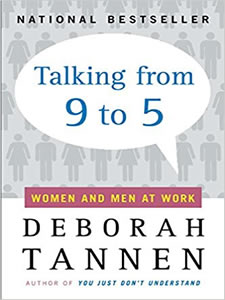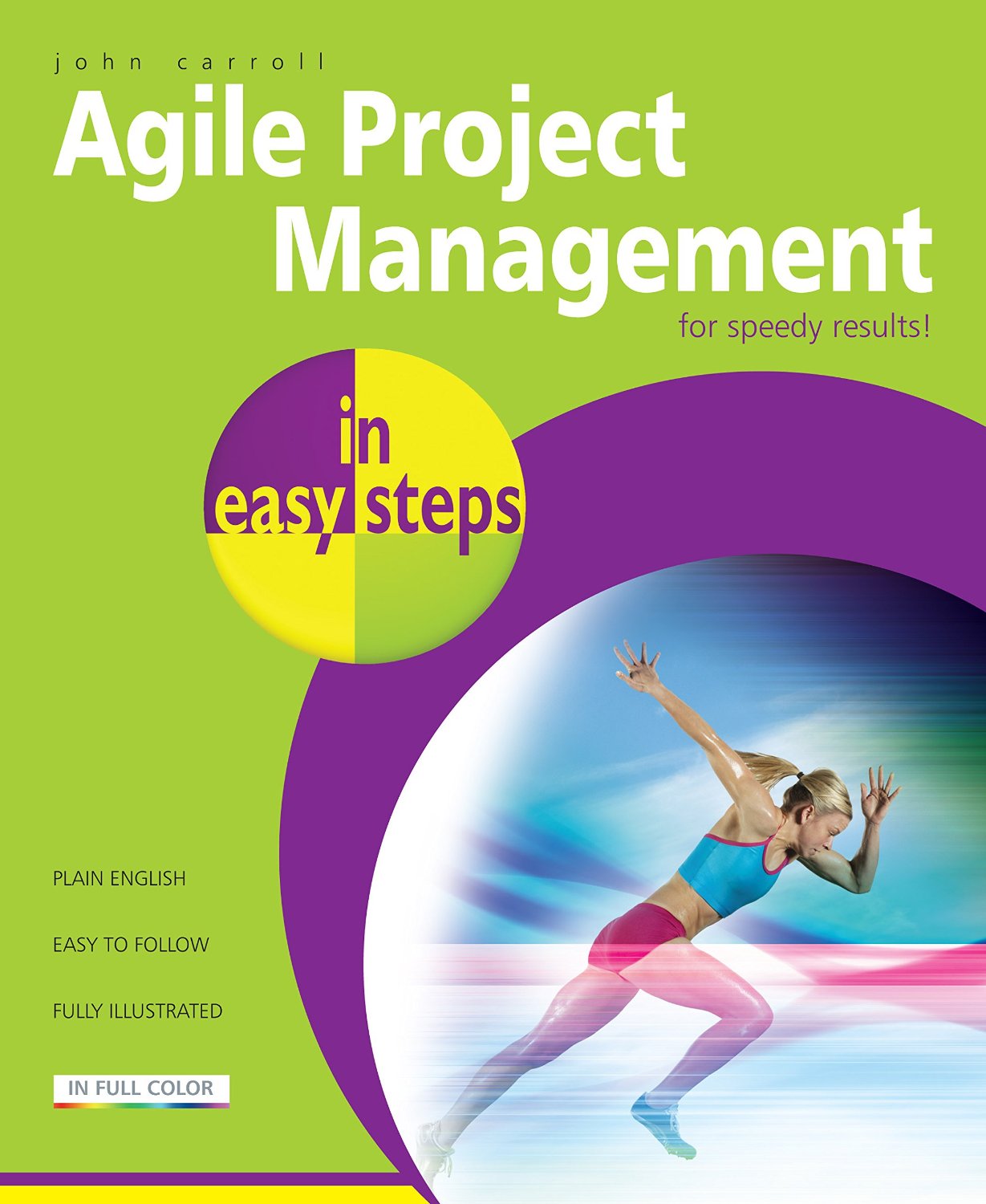Project Management

Talking from 9 to 5: Women and Men at Work
Deborah Tannen
Written in 1994, this is an eye-opening discussion of some common differences between how men and women are raised to communicate, and how this impacts work life. Full of both first- and second-hand examples, each chapter discusses issues like the glass ceiling, sense of authority, negotiation tactics, and other issues in the career world from the perspective of typical communicative differences between men and women, without further perpetuating broad stereotypes about what either gender 'should' do. A progressive read, the book nonetheless steers away from a political agenda to present a genuinely objective account of differences between how men and women are taught to talk, and how both men and women can benefit in the workplace from learning more about these typical differences.

Agile Project Management for speedy results!
John Carroll
From one of my favorite series for diving into any topic comes an easy-to-read introduction to Agile Project Management from a variety of perspectives, including Scrum, Extreme Programming, Lean Development, and more. Probably not the best book for those of us with agile experience, but a great read for anyone who's heard the term and wants to better understand what's involved in going agile.

Lean UX: Applying Lean Principles to Improve User Experience
Jeff Gothelf
Josh Seiden
Perhaps really more about project management than UX, this book was easy to digest, and presented UX Design in the context of agile project management using Scrum. Agile principles such as outcomes over output, freedom to fail, and releasing early and often were integrated into developing a streamlined and low-waste process for user experience design.

Just Enough Research
Erika Hall
The promotional site sums it up pretty well: "A brief cookbook of research methods. Learn how to discover your competitive advantages, spot your own blind spots and biases, understand and harness your findings, and why you should never, ever hold a focus group." It's a really nice handbook for maximizing UX research efforts, regardless of the size of your operation, although the examples in the book tend to lean towards an agency working for a fairly sizable organization.